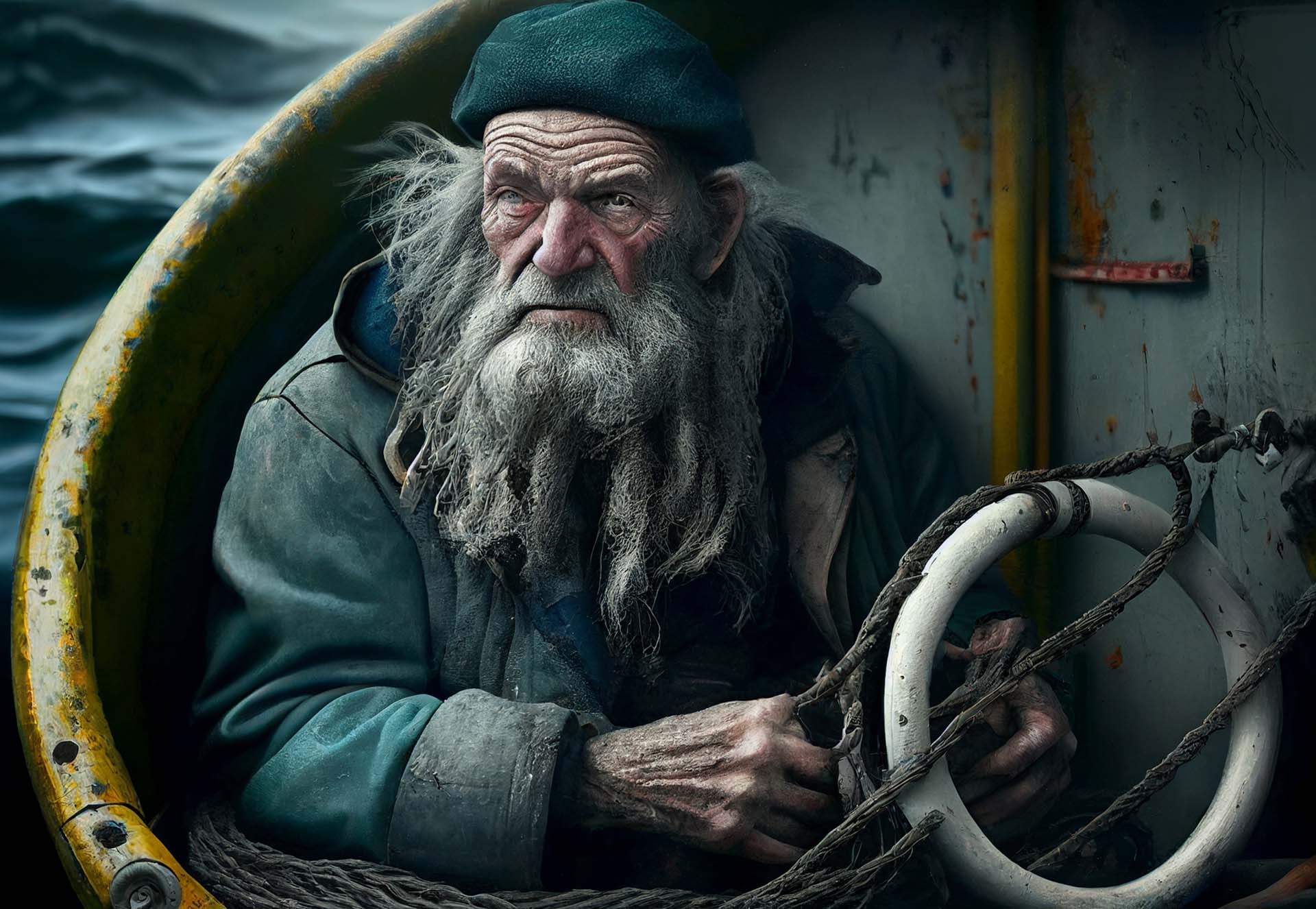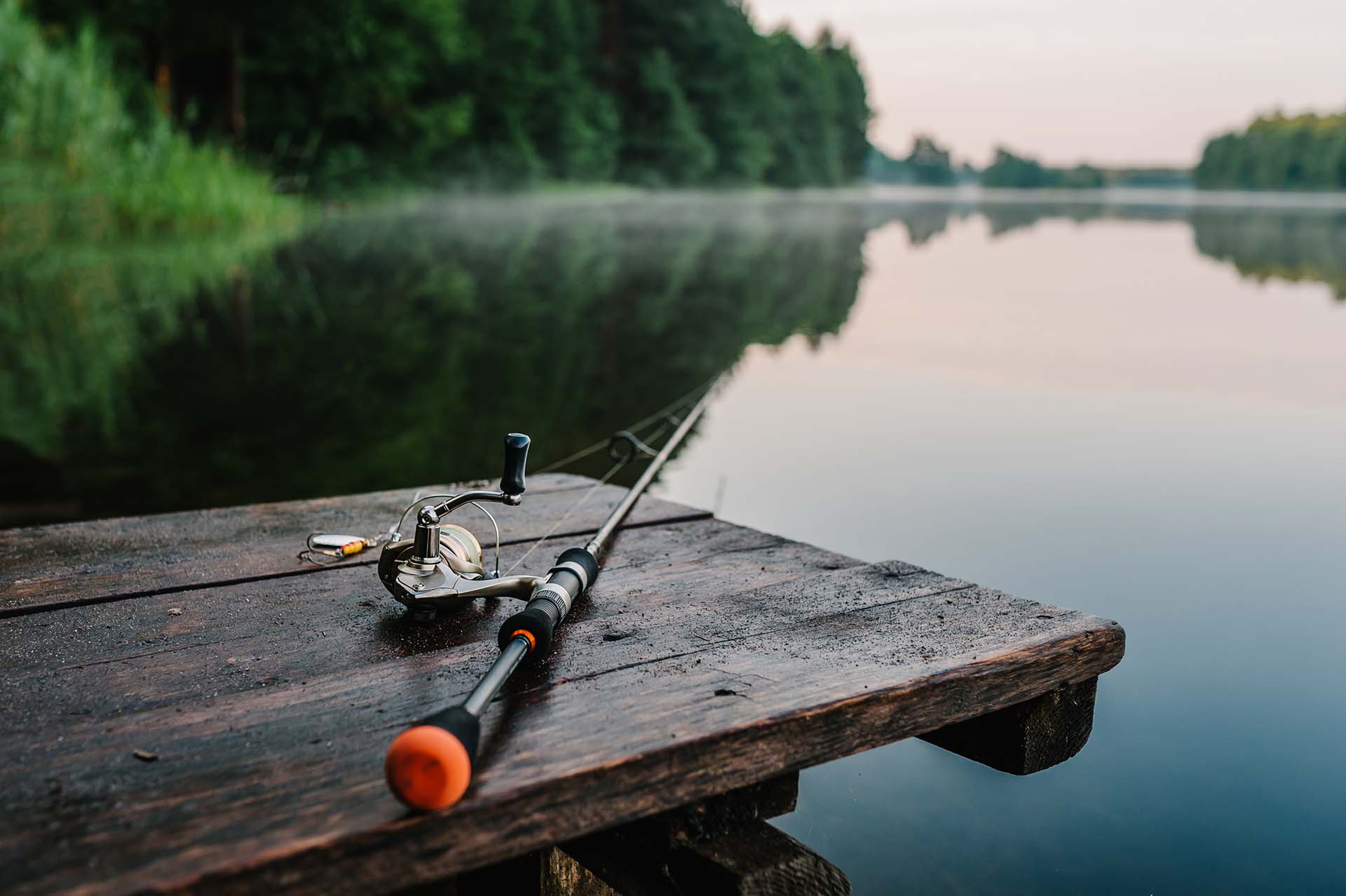Fishing may be a relaxing way to spend your weekend, but it’s important to remember that safety always comes first. From fishing-related injuries to food poisoning, taking precautions for unforeseen risks is critical. So, here’s the ultimate guide to safety equipment for fishing, including all essential items that all fishermen need to keep with them on their aquatic adventures.
What supplies and safety equipment should you bring with you on a boat? The answer is boating requires plenty of safety gear. From personal flotation devices and first aid kits to emergency signaling technology, each and every part of your setup has its crucial role in providing you with a stress-free experience for landing some impressive catches.
Personal Safety Equipment for Fishing
If you’re a beginner fisherman, you might be wondering – what is the most important safety equipment when fishing from a boat? Truthfully, no single item or device will provide you with all-around protection and peace of mind. But an unavoidable part of your whole setup should be equipment that ensures the well-being of you and your fellow anglers.
Life Jackets and Personal Flotation Devices
Life jackets, also known as personal flotation devices (PFDs), are essential boating items designed to keep individuals afloat in water. Constructed with buoyant materials and available in various styles and sizes, high-quality devices such as the Stohlquist Fisherman Life Jacket accommodate different water activities and body types.
Moreover, a good life jacket will provide you with all the mobility you might need, no matter what style of angling you prefer. If equipped with plenty of pockets like the Stohlquist PFD, they can also be a convenient place to store your tackle, from the baits and lures you use to the special fly fishing equipment such as the tippet line.
Protective Clothing and Footwear
In all outdoor activities, having the right protective clothing and footwear plays a vital role in ensuring your personal protection in various environments and activities. So, invest in some high-quality outdoor clothing and footwear – no matter how safe and careful you’re being, it’s good to have that additional protective layer.
First Aid Kit and Emergency Supplies
From getting your finger stuck on a fish hook to suffering a more serious injury, having a first aid kit by your side can go a long way. Here’s what a well-equipped kit should include:
- Bandages,
- Adhesive tape,
- Antiseptic wipes,
- Tweezers,
- Sterile gauze pads.
Quality products such as the WELL-STRONG Waterproof First Aid Kit have all of these items and plenty of other necessities that are particularly important for water-based activities. No matter which one you’ve got, just remember to regularly replenish the supplies to ensure their effectiveness during critical times.
Sun Protection Gear
It might seem unnecessary, but UV rays are no joke, and sun protection gear should be an essential part of every fisherman’s setup. Sunscreen, hats, sunglasses, and protective clothing – all of them are essential for safeguarding your skin from the harmful effects of the sun’s rays. Unless you plan on fishing during the night exclusively, make sure to stock up on these items now that the temperature just keeps on rising.
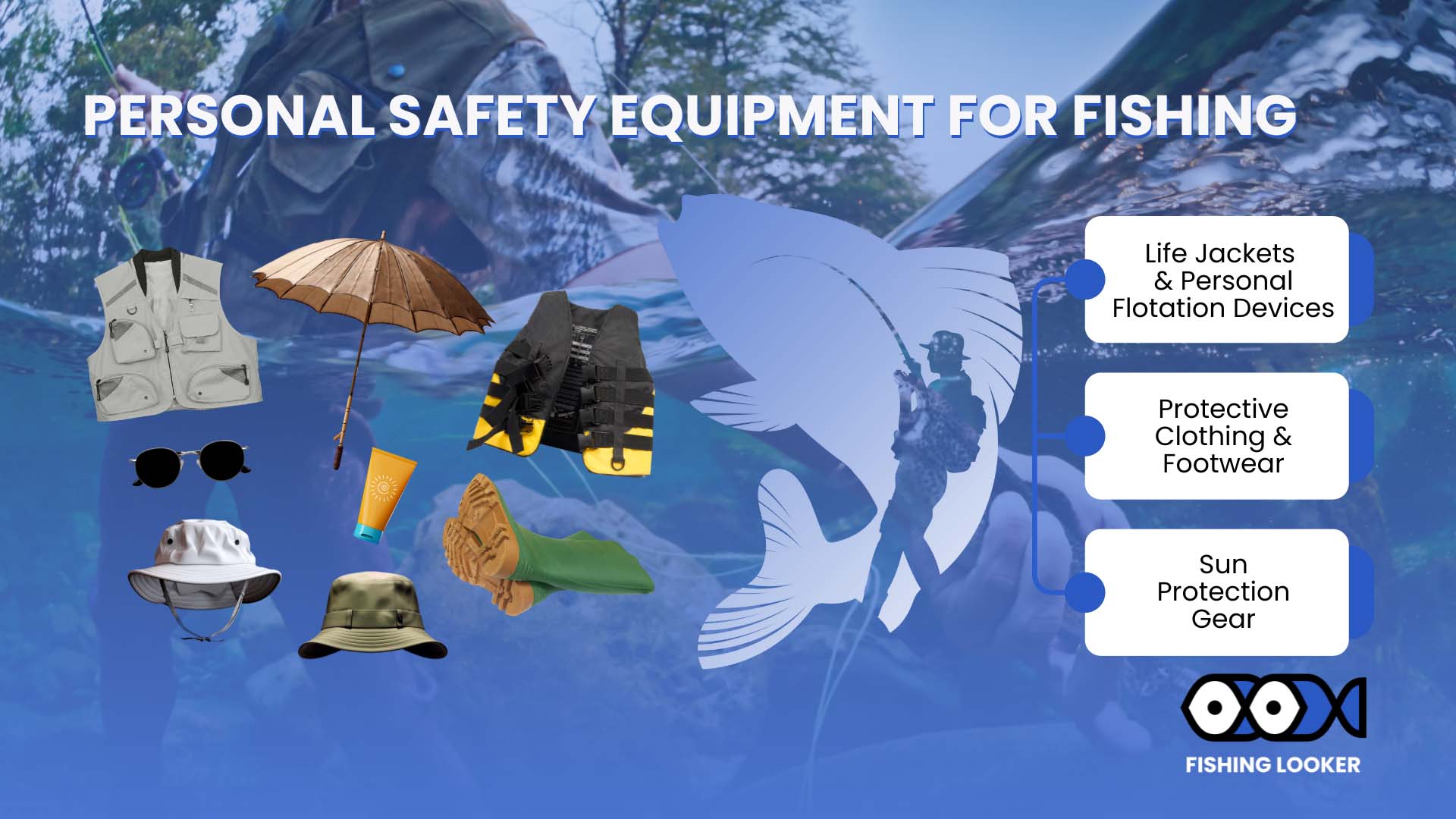
Safety Equipment for Boat Fishing – Communication and Navigation
Every fisherman has asked themselves this question at least once before – what does the Coast Guard require you to have on a boat? Well, there are plenty of things you might need to bring with you on your boating excursion, and a good chunk of those items are communication and navigational devices.
These handy tools allow you to maintain contact with others in case of emergencies, inclement weather, or unexpected situations, as well as help you to navigate through unfamiliar terrain and reach your planned destination. Here’s what you need to bring with you:
Marine Radios and Communication Devices
Marine radios and other similar devices are essential tools for boaters to ensure effective communication and enhance safety on the water. They allow you to communicate with other vessels, marinas, and emergency services, including the US Coast Guard. That means you have a lifeline in critical situations, as you have a way to call for help, relay important information, and maintain contact with the shore.
GPS and Navigational Tools
The Global Positioning System and other navigational tools are as important for boats as they are for cars, as they will provide accurate positioning while on the water. These devices offer real-time information on speed, direction, and distance to waypoints, allowing for efficient and accurate route planning.
Emergency Signaling Devices
Last but not least, you might be wondering – what emergency equipment do I need on my boat? Well, there are plenty of different emergency signaling devices, which are critical tools for alerting others in times of distress and calling for assistance. One commonly used device is the flare, which emits a bright and colorful light that can be seen from a distance, especially at night or in low visibility conditions.
Boat Safety Equipment You Should Have
When it comes to boating, it’s important to prioritize personal safety and the protection of the boat itself. Besides regular maintenance and inspections to ensure that your vessel is in good working condition, there are a couple of things you need to have on board to avoid potential accidents or minimize damages that might occur.
Anchors and Docking Equipment
Anchors essential components for secure boating experiences, as they will provide stability and prevent the boat from drifting away when stationary. If you’re unsure about everything you need to keep your vessel secure in place, I recommend getting the Young Marine Portable Galvanized Fluke Style Anchor Kit. It’s available in three different sizes, making it suitable for most boats.
Dock lines and fenders are also essential boating equipment, as they help protect your vessel when mooring or docking. Dock lines are used to secure the boat to a dock or pier, while fenders provide a cushion between the boat and the dock, preventing damage from collisions.
Fire Extinguishers and Smoke Alarms
Protection against the threat of fires is crucial not only for your residence but for the boat as well. So, ensure you always have a fire extinguisher on board and a couple of smoke alarms installed in key areas of the boat. It’s also important to regularly test these alarms and replace batteries if needed to rest assured that everything is functioning properly.
Bilge Pumps and Emergency Bilge Alarms
Bilge pumps and emergency bilge alarms are crucial components of a boat’s protection system, as they are specifically designed to handle water accumulation and prevent flooding. It’s best to go for electric pumps, such as the Attwood Automatic Bilge Pump, because it’s simply less hassle to get it working.
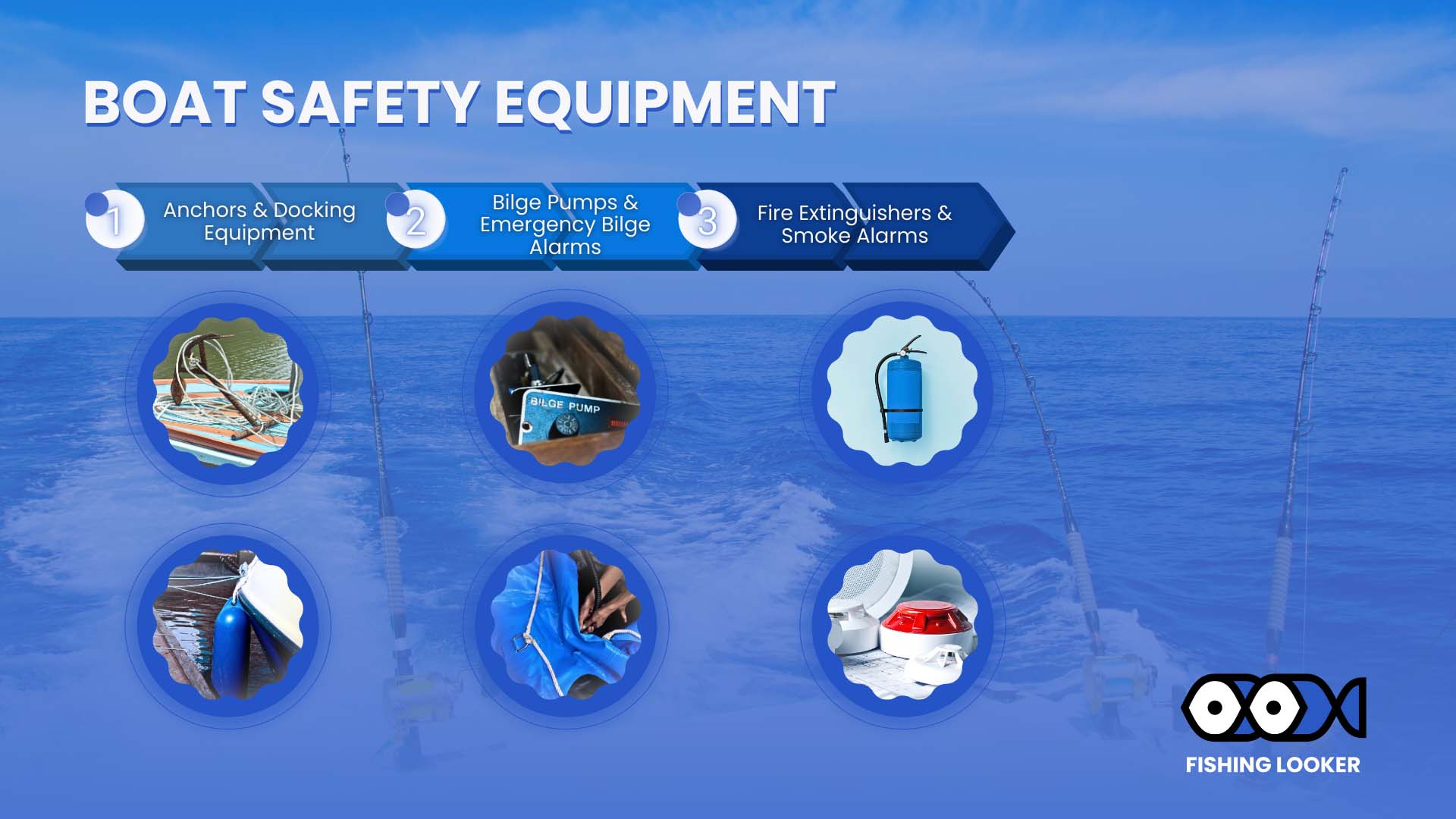
Fishing Equipment You Need When Taking Safety Measures
No matter which angling technique you prefer to use, having the right equipment by your side can make all the difference. From the fishing rod all the way to the tied fish hook, it’s important not only to know how to handle this gear but also how to do it in the safest way possible.
Fishing Rods and Reels Safety Precautions
When it comes to angling, it’s crucial to handle each part of your equipment with care to prevent any unnecessary injuries. First and foremost, avoid pointing the rod or fishing reel at yourself or others, and make sure that there is sufficient space around you when casting. All in all, paying attention to your surroundings, as well as regularly checking your gear for damage, can go a long way in preventing any mishaps from happening.
Hooks, Lines, and Sinkers Safety Guidelines
Fish hooks are probably the trickiest piece of tackle you have to deal with, as it’s pretty easy to end up with a cut while handling them. So, exercise caution while using them, and keep hooks covered or stored when not in use.
As for lines, be mindful of potential entanglement hazards, such as loose coils or knots. Avoid pulling lines or unraveling tangles with excessive force to prevent line backlash or potential injuries. It’s also important to be mindful of the weight of sinkers, especially in windy conditions, to avoid unnecessary accidents.
Proper Use of Fishing Nets and Gaffs
When you’re angling from a boat, you’ll probably use nets and gaffs a lot. If not handled correctly, these handy tools can end up damaged or cause harm to your catch, compromising sustainable practices. So, make sure to handle them with care, always wetting the net before attempting to land your target fish species. When netting it, move slowly and avoid making sudden jerking movements because that could cause the fish to escape or get injured.
Safe Handling and Storage of Fishing Tackle
Besides carefully handling sharp hooks and other pointed objects, it’s important to rinse off the water residue from the tackle after each trip, as it helps prevent corrosion and possibly more serious injuries. This should be done not only while targeting saltwater species but also in freshwater environments. Before storing it in a clean and dry location, just make sure that all of the gear is dried thoroughly.
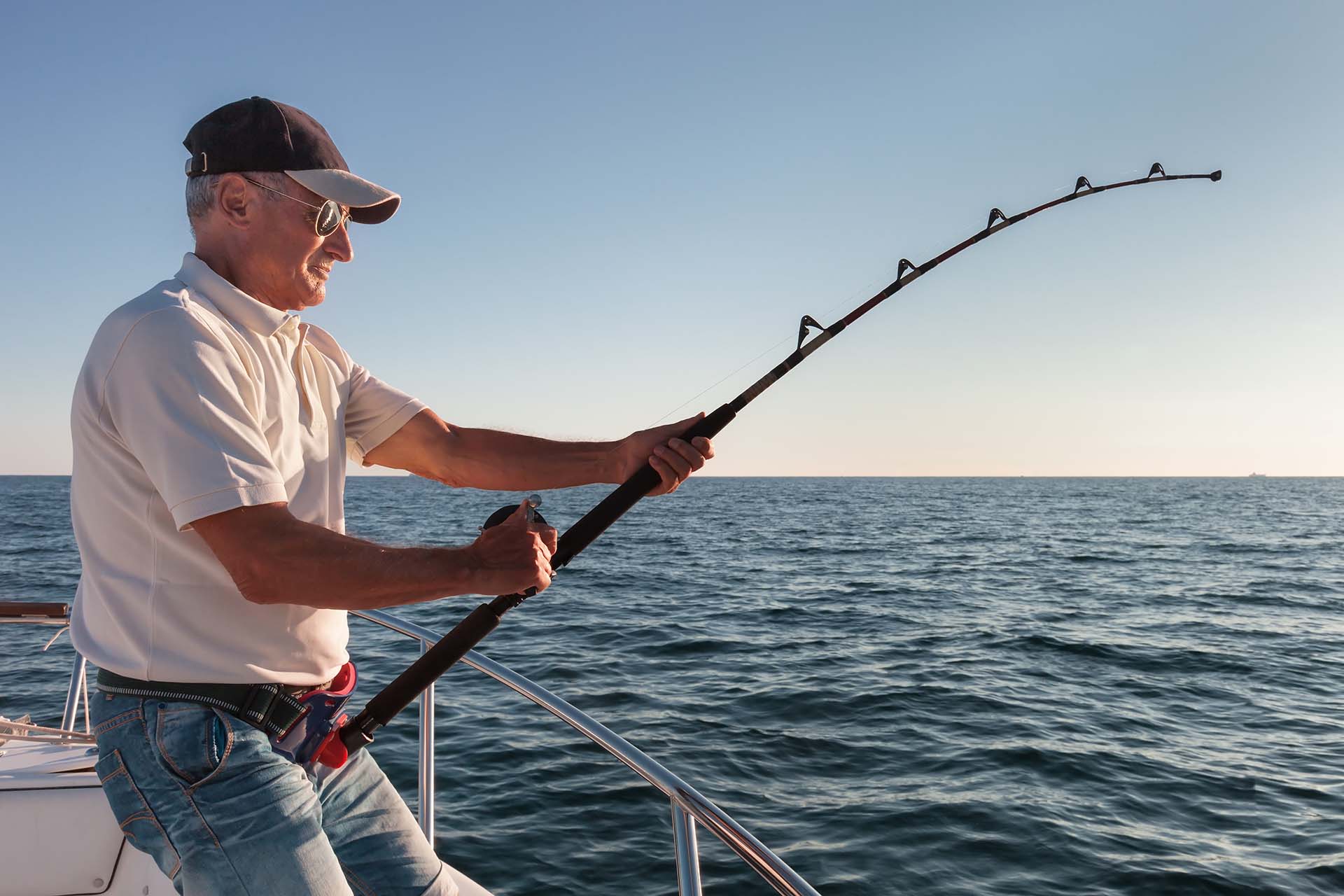
Weather Safety Preparation Is a Must
The most unpredictable part of any outdoor activity is, of course, the weather. Because of that, it’s crucial to stay informed about current and forecasted weather conditions before heading out on your fishing trip. This will allow you to take appropriate precautions – for example, figuring out what safety equipment for ice fishing to bring with you. However, if the weather conditions are severe, it’s best to postpone your plans. It’s better to be safe than sorry, and the fish can wait.
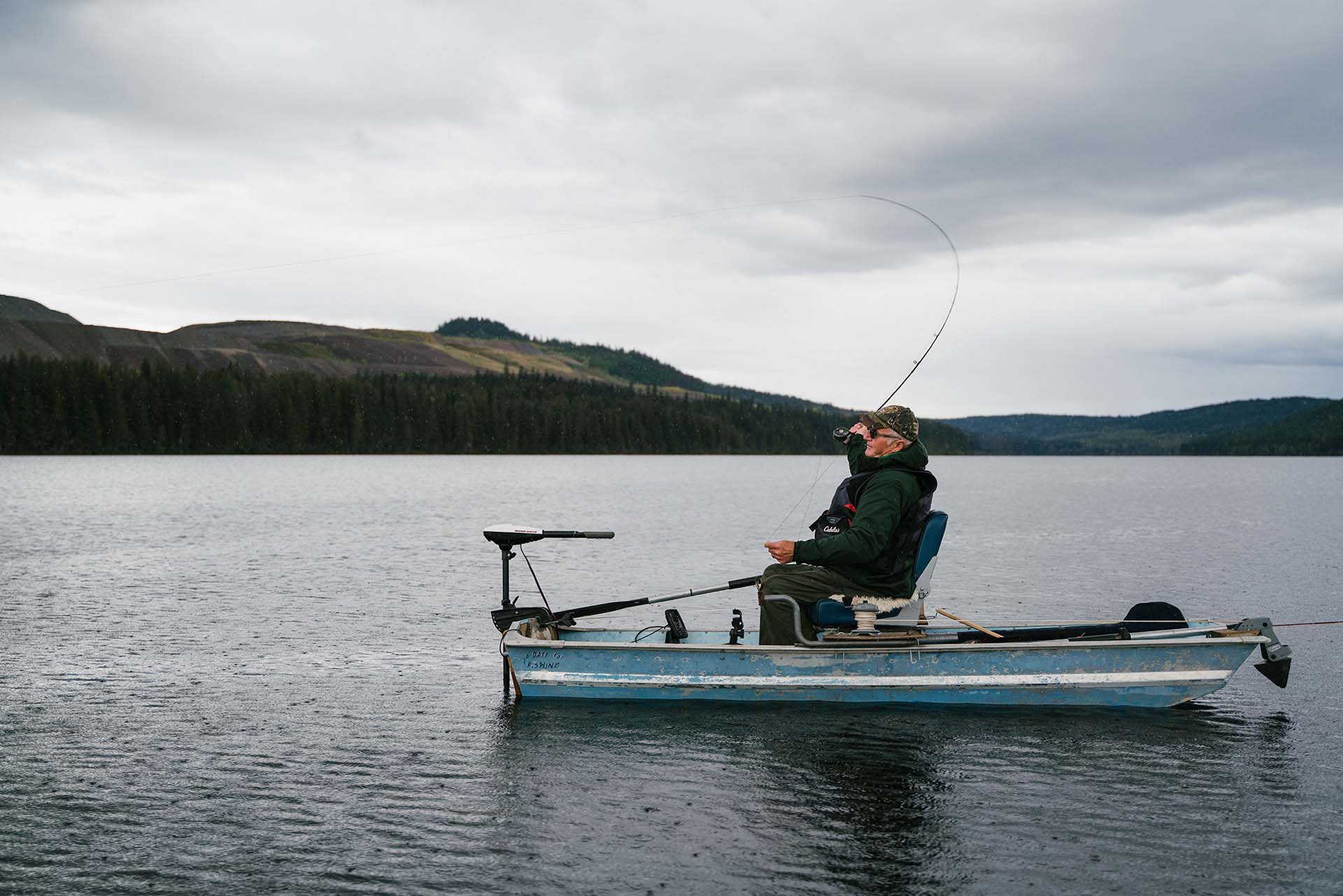
Better Safe Than Sorry – Consider Emergency Preparedness
You can get each safety device listed above, but if you’re not prepared for an emergency, you might not be able to deal with it properly. That’s why having a clear plan of action comes in handy for responding effectively and ensuring the well-being of everyone on board. Here are the most important things you need to take care of in advance:
Create a Float Plan
A float plan is a document that outlines your intended boating trip details and is shared with a trusted person who can act as your shore contact. This document should include information such as the boat’s description, registration number, the names and contact details of all passengers, your intended departure and return times, the planned route, and any stops or destinations along the way.
Have Emergency Contacts
Besides having a shore contact, it’s important to have a list of emergency contacts by your side, including the local Coast Guard or marine authorities. This list should also include emergency response services, such as search and rescue, as well as local marinas or harbor masters who can provide assistance or relay important information.
Learn Survival Techniques in Case of Boat Accidents
The most basic survival techniques include knowing how to swim and staying calm in the event of an accident. It’s also crucial to educate yourself on proper life jacket usage and basic survival skills, such as floating treading water. Additionally, understanding how to properly use signaling devices can help attract attention and facilitate rescue efforts.
Invest in Safety and Have an Unforgettable Experience
There you have it – everything you might possibly need in case of emergency while boating. By equipping yourself with the necessary gear, staying informed about weather conditions, and being prepared for emergencies, you can have an unforgettable experience out on the water while having peace of mind. So grab your life jackets and other emergency supplies – it’s time for a sailing adventure!

